Creating DIY Flower Boxes for Your Window Sills
Have you ever gazed out your window and thought, "Wow, my view could really use a splash of color?" Well, you're in luck! Creating DIY flower boxes for your window sills is not just a fun project; it's a fantastic way to add charm and personality to your home. Imagine vibrant blooms dancing in the sunlight, framing your view with nature's beauty. In this article, we’ll dive into the art of crafting flower boxes, from choosing the right materials to selecting the perfect plants. So grab your tools and let’s get started on this blooming adventure!
When it comes to creating beautiful flower boxes, the materials you choose can make all the difference. You want something that not only looks good but also stands the test of time against the elements. Here are a few popular options:
- Wood: A classic choice, wooden flower boxes can be easily customized and painted. However, they require regular maintenance to prevent rot.
- Metal: Metal boxes can add a modern touch and are incredibly durable. Just be mindful of rust and heat retention in direct sunlight.
- Plastic: Lightweight and affordable, plastic boxes are resistant to fading and cracking. They come in various colors but may lack the aesthetic appeal of wood or metal.
Each material has its own set of pros and cons, so think about your personal style and the climate in your area when making your choice!
The design of your flower box is where your creativity can truly shine! A well-designed flower box can enhance your home's curb appeal and reflect your personal taste. Consider the following aspects:
Understanding the difference between traditional and modern styles can help you choose a design that complements your home. Traditional flower boxes often feature intricate carvings and ornate details, while modern designs lean towards clean lines and minimalism. Ask yourself: Does your home have a classic charm, or is it more contemporary? This will guide your design choices.
Color is a crucial element in the overall look of your flower box. You want to select colors that harmonize with your home’s exterior. For instance, if you have a neutral-colored house, vibrant flower boxes can create a stunning contrast. Alternatively, if your home is already colorful, you might opt for more muted tones to achieve balance. Think of your flower box as a frame for the beautiful flowers you’ll plant!
To truly personalize your flower box, consider incorporating decorative elements. Stenciling a design or painting a unique pattern can make your flower box stand out. You might also add embellishments like rope, twine, or even small decorative stones. These little touches can transform a simple box into a work of art!
Before you start building, it’s essential to consider the size of your flower box. The box should be proportionate to your window sill to create a balanced look. Measure your window width and decide how deep you want the box to be. A good rule of thumb is to make the box about 1/4 of the width of the window. This ensures it won’t overpower the window but will still be noticeable.
Now that you have your flower box ready, it's time to think about the plants! Choosing the right plants is crucial for creating a thriving flower box. You’ll want to consider factors like climate, sunlight conditions, and your personal preferences. Are you looking for vibrant flowers, or do you prefer a mix of greenery and blooms? Here are some tips:
Understanding which plants thrive in different seasons can help you maintain a vibrant flower box year-round. For spring, consider planting pansies and petunias; in summer, go for geraniums and marigolds; in autumn, think about chrysanthemums and ornamental kale. Rotating your plants based on the season can keep your flower box looking fresh and lively!
Companion planting is a fantastic way to enhance the health and beauty of your flower box. Some plants can benefit each other when grown together, improving growth and deterring pests. For example, combining marigolds with tomatoes can help keep pests away while adding a pop of color. Think of your flower box as a small ecosystem where each plant plays a role!
Proper maintenance is key to keeping your flower boxes healthy and beautiful. Regular watering is essential, especially during hot months. Make sure to check the soil moisture; it should be damp but not soggy. Additionally, fertilizing your plants every few weeks can provide them with the nutrients they need to thrive. Don’t forget about pest control—keeping an eye out for unwanted critters can save your flowers from being damaged!
Q: How often should I water my flower box?
A: Watering frequency depends on the plants and weather conditions, but generally, checking the soil every few days is a good practice. If the top inch is dry, it’s time to water.
Q: Can I use any type of wood for my flower box?
A: It’s best to use rot-resistant woods like cedar or redwood. Avoid untreated wood, as it will deteriorate quickly when exposed to moisture.
Q: What if I don’t have a lot of sunlight?
A: Choose shade-tolerant plants like ferns or impatiens. They can thrive even in lower light conditions!
Creating DIY flower boxes for your window sills is a rewarding project that can enhance your home’s beauty. With the right materials, design, and plant selection, you can transform your windows into a blooming masterpiece!
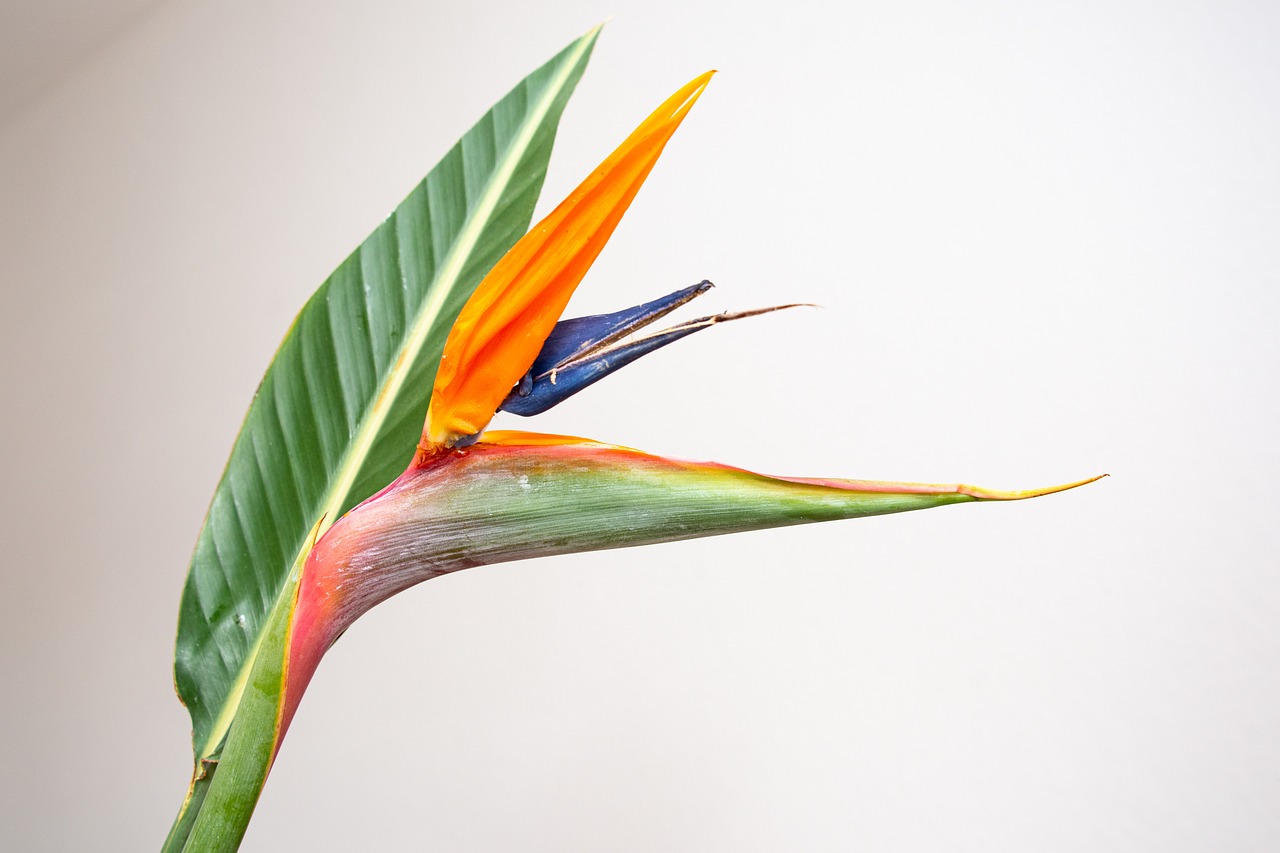
Choosing the Right Materials
When it comes to crafting your very own flower boxes, the choice of materials is not just a matter of aesthetics; it plays a crucial role in the longevity and durability of your creation. Think of your flower box as a cozy home for your plants—would you want to build it with flimsy materials that won't stand the test of time? Absolutely not! So, let’s dive into some popular options you can consider when selecting materials for your flower boxes.
First up, we have wood. Wooden flower boxes are a classic choice that exude warmth and charm. They can be easily customized to fit your desired style, whether you want a rustic look or a sleek modern finish. However, it's important to choose the right type of wood; cedar and redwood are excellent options because they are naturally resistant to rot and pests. On the downside, wood does require regular maintenance, such as staining or sealing, to keep it looking fresh and to prolong its life.
Next, let’s talk about metal. Metal flower boxes, often made from galvanized steel or aluminum, provide a contemporary and industrial vibe that can really make your window sills pop. They are incredibly durable and can withstand various weather conditions without warping or rotting. However, keep in mind that metal can heat up quickly in the sun, which might affect the roots of your plants. To combat this, consider lining the inside with a layer of insulation or using a plastic liner.
Then we have plastic. Plastic flower boxes are lightweight, affordable, and available in a plethora of colors and styles. They are resistant to moisture and pests, making them a low-maintenance option. However, the downside is that they may not provide the same aesthetic appeal as wood or metal, and they can fade over time when exposed to direct sunlight. If you choose plastic, look for high-quality options that are UV-resistant to ensure they last longer.
To help you make an informed decision, here’s a quick comparison of these materials:
| Material | Pros | Cons |
|---|---|---|
| Wood | Natural aesthetic, customizable, durable (if treated) | Requires maintenance, susceptible to rot |
| Metal | Modern look, very durable, weather-resistant | Can heat up, may require insulation |
| Plastic | Lightweight, affordable, low maintenance | Less aesthetic appeal, can fade in sunlight |
Ultimately, the right material for your flower box depends on your personal style, budget, and the conditions in which your plants will grow. So, take a moment to consider what will work best for you and your home. Remember, your flower box is not just a decorative piece; it’s a living, breathing part of your home that deserves the best materials to thrive!
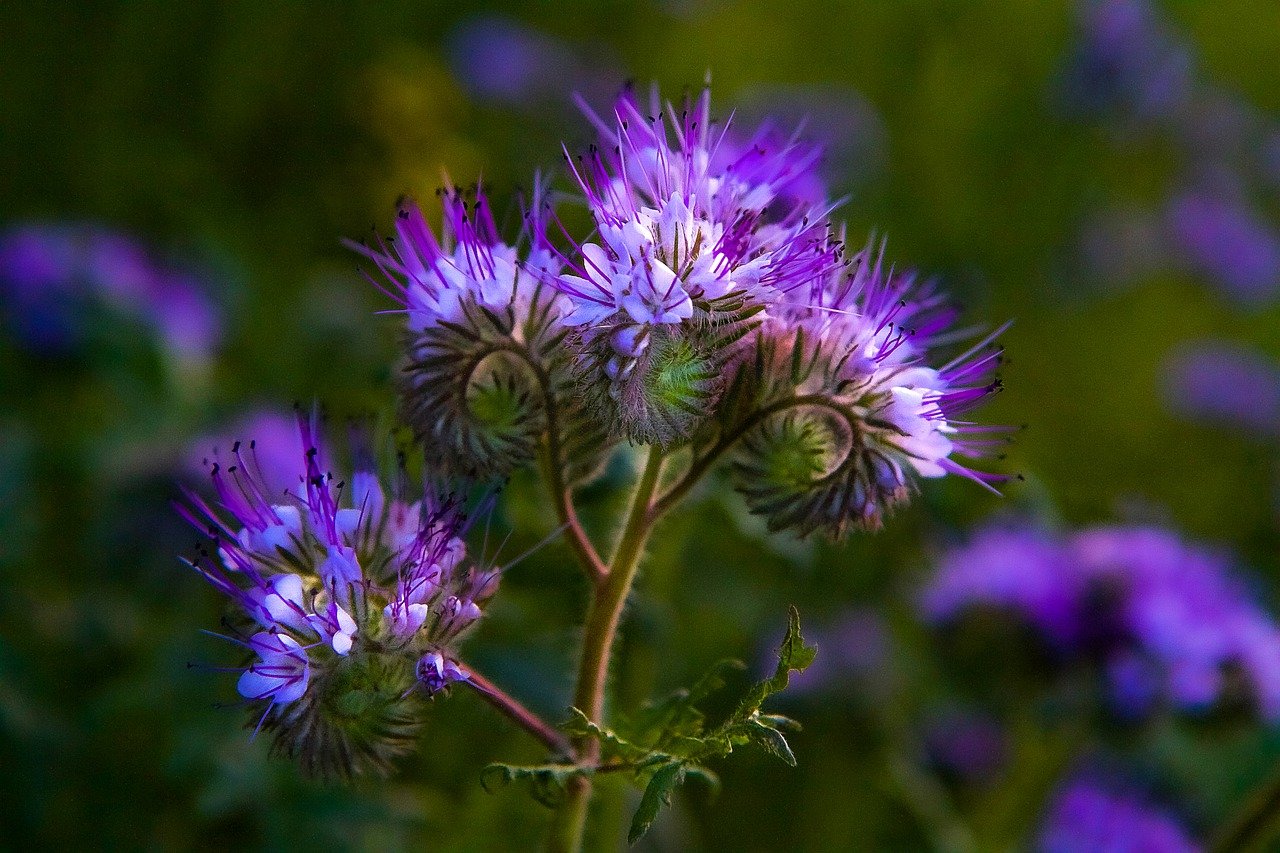
Designing Your Flower Box
When it comes to designing your flower box, the possibilities are as vast as a blooming garden! The design of your flower box can significantly impact its aesthetic appeal and how it complements your home. Think of your flower box as a frame for a beautiful painting; it should enhance the beauty of the flowers while also harmonizing with your home’s overall design. So, let’s dive into some creative ideas that will help you craft the perfect flower box!
First, consider the style of your home. Are you living in a cozy cottage, a sleek modern apartment, or perhaps a charming Victorian house? Each architectural style has its unique characteristics, and your flower box should reflect that. For instance, a traditional wooden box with intricate carvings might suit a historic home, while a minimalist metal box could be perfect for a contemporary setting. Choosing the right style not only enhances your home’s curb appeal but also creates a cohesive look that makes your property stand out.
Understanding the difference between traditional and modern styles can help you choose a design that complements your home. Traditional flower boxes often feature ornate details, such as scrollwork or rustic finishes, which add a touch of elegance. In contrast, modern designs lean towards clean lines and simplicity, often utilizing materials like metal or fiberglass. Think of it this way: traditional styles are like a classic novel, rich with detail and history, while modern styles are more like a sleek, contemporary magazine, focused on minimalism and functionality.
Color plays a vital role in the overall look of your flower box. Selecting colors that harmonize with your home’s exterior is essential. For a warm, inviting feel, consider earthy tones like deep greens, rich browns, or soft pastels. If your home is painted in neutral shades, a brighter flower box can add a pop of color that draws the eye. Remember, the flowers you choose to plant will also influence your color palette. A vibrant red flower box paired with delicate white blooms can create a stunning contrast that catches the attention of passersby.
Incorporating decorative elements can truly enhance the visual appeal of your flower box. Think of it as accessorizing an outfit; the right details can make all the difference! Options like stenciling designs, painting patterns, or adding embellishments such as ribbons or twine can personalize your creation. For instance, if you’re a fan of rustic decor, you might want to use burlap to wrap around the box, giving it a charming, country feel. On the other hand, if you prefer a more modern touch, sleek metallic accents could be the way to go.
The size of your flower box should be proportionate to your window sill. A box that is too small may look lost, while an oversized box can overwhelm your space. To find the perfect dimensions, measure your window sill and consider how much space you want to dedicate to flowers. A good rule of thumb is to aim for a flower box that is about two-thirds the width of your window. This proportion creates a balanced look that is visually pleasing. Additionally, don’t forget to think about the depth of the box; it should be deep enough to accommodate the root systems of your chosen plants.
In conclusion, designing your flower box is all about finding the right balance between style, color, and size. By considering these elements, you can create a stunning focal point that enhances your home’s exterior and showcases your personal taste. So, grab your tools, unleash your creativity, and let your flower box become a beautiful expression of your home!
Q: What materials are best for a flower box?
A: The best materials depend on your style and budget. Wood is traditional and charming, metal is modern and durable, while plastic is lightweight and affordable.
Q: How do I choose the right plants for my flower box?
A: Consider your climate, sunlight conditions, and personal preferences. Research plants that thrive in your area and match your desired aesthetic.
Q: How often should I water my flower box?
A: Watering frequency depends on the plants you choose and the climate. Generally, check the soil moisture regularly and water when the top inch feels dry.
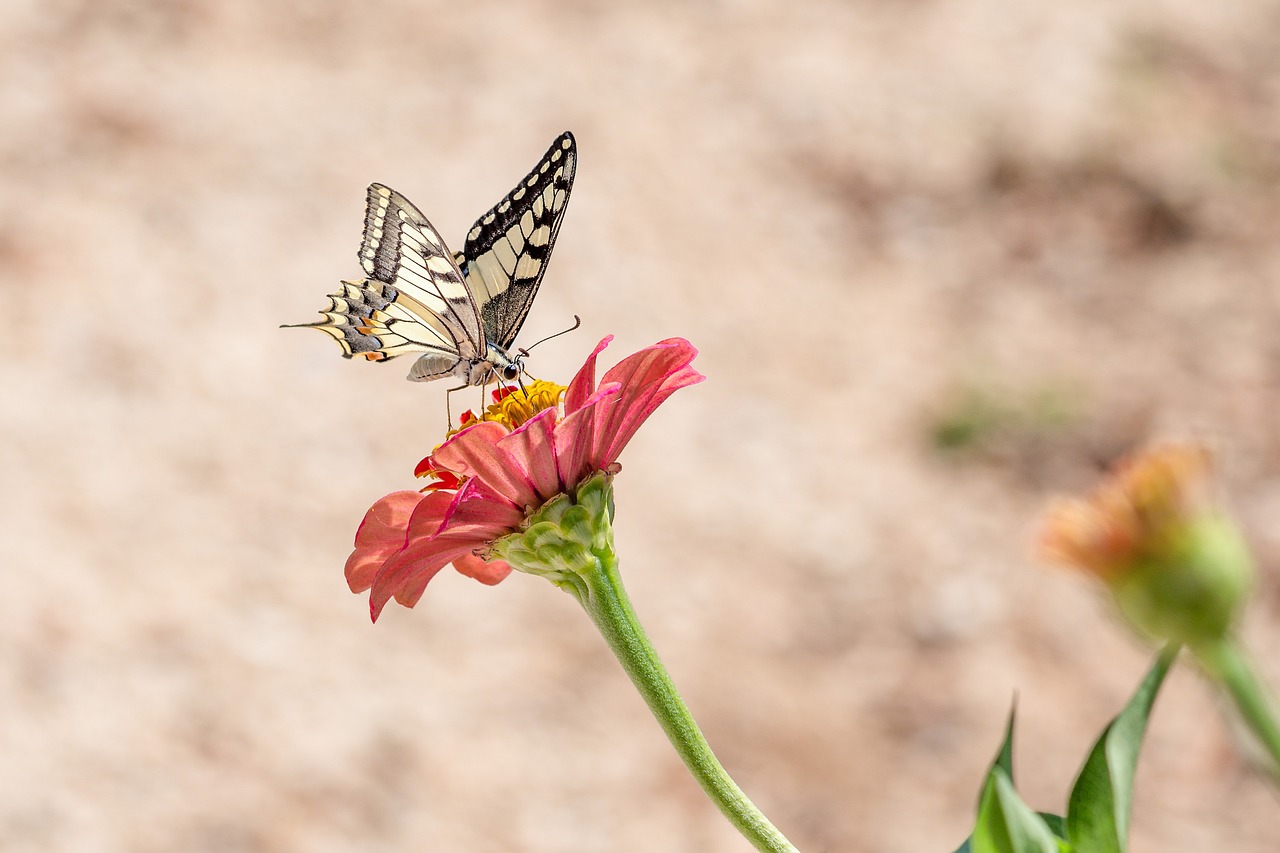
Traditional vs. Modern Styles
When it comes to designing your flower box, understanding the distinction between traditional and modern styles can make a world of difference. Each style carries its own unique charm and aesthetic, allowing you to tailor your flower box to reflect your home's character and your personal taste. Traditional styles often evoke a sense of nostalgia and warmth, featuring intricate details and classic shapes. Think of charming cottage gardens where wooden boxes are adorned with carvings or painted in soft, muted hues. These flower boxes often complement older homes or those with a rustic flair, creating a cohesive look that feels inviting and timeless.
On the flip side, modern styles embrace simplicity and minimalism. They focus on clean lines, geometric shapes, and a more streamlined appearance. Imagine sleek metal or plastic boxes in bold colors, designed to make a statement without overwhelming the eye. Modern flower boxes often pair well with contemporary architecture, enhancing the overall aesthetic with a touch of sophistication. The beauty of modern design lies in its versatility; it can adapt to various environments, from urban settings to minimalist gardens.
To help you visualize the differences, let’s break down some key characteristics of each style:
| Characteristic | Traditional Style | Modern Style |
|---|---|---|
| Design Elements | Intricate carvings, ornate details | Sleek lines, geometric shapes |
| Materials | Wood, wrought iron, terracotta | Metal, plastic, fiberglass |
| Color Palette | Soft, muted colors | Bold, vibrant colors |
| Overall Feel | Warm, inviting, nostalgic | Minimalistic, contemporary, sophisticated |
Choosing between these two styles doesn’t have to be a daunting task. Consider your home’s architecture and the overall vibe you wish to create. Do you want your flower box to blend seamlessly with your surroundings, or are you looking to make a bold statement? The decision ultimately comes down to personal preference and how you envision your space. Remember, you can even mix elements from both styles for a unique look that’s all your own!
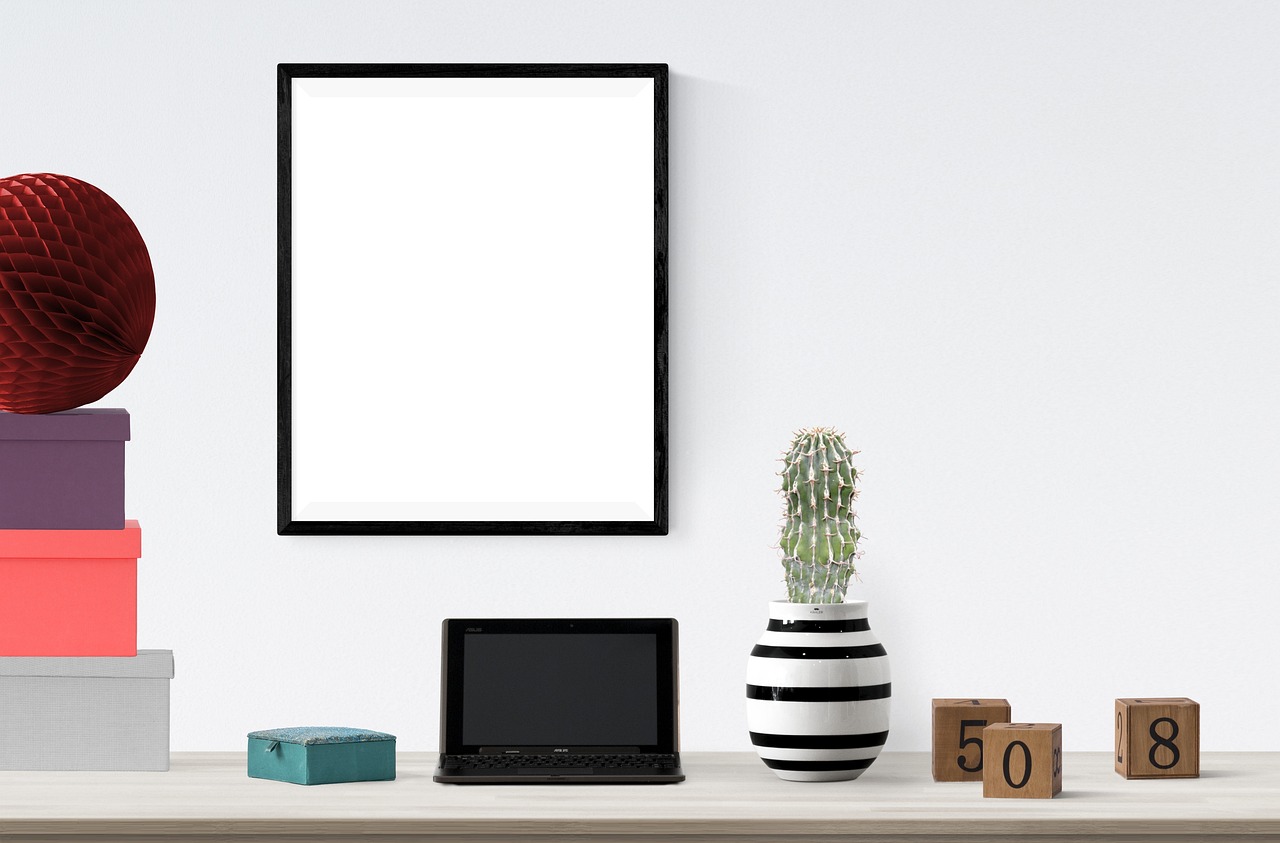
Color Choices
When it comes to crafting your DIY flower boxes, can make or break the overall aesthetic. Imagine walking past a home where the flower boxes pop with vibrant hues, drawing your eye and brightening your day. The right colors can enhance your home’s exterior, create a welcoming atmosphere, and even reflect your personal style. So, how do you choose the perfect palette for your flower boxes? Let’s dive into some essential tips!
First, consider the color scheme of your home. Are your walls painted in soft pastels, bold primary colors, or earthy tones? The flower box should complement these colors rather than clash with them. For instance, if your home is painted a muted gray, a flower box in a bright, cheerful yellow can create a stunning contrast that draws attention without overwhelming the senses. On the other hand, if your house features warm, rustic colors, a flower box in deep greens or browns can create a harmonious look.
Next, think about the flowers you plan to plant. The colors of your flowers should not only harmonize with your flower box but also with your home’s exterior. If you’re planting vibrant red geraniums, a neutral-colored box might work best to let those blossoms shine. Alternatively, if you opt for softer flowers like lavender or white daisies, a more colorful box can add an extra layer of charm. Here’s a quick guide to help you visualize:
| Flower Color | Recommended Flower Box Color |
|---|---|
| Bright Red | Neutral (White, Gray) |
| Soft Lavender | Pastel (Light Blue, Soft Pink) |
| Sunny Yellow | Earthy (Brown, Green) |
| Bold Orange | Contrasting (Teal, Navy) |
Finally, don’t shy away from adding a bit of personal flair. If you love a particular color that might not traditionally match, go for it! Your flower box is a canvas, and it should reflect who you are. Perhaps you want to paint it in a quirky turquoise or a soft pastel pink to match your garden decor. Just remember, the goal is to create a cohesive look that enhances both your flowers and your home.
In conclusion, choosing the right colors for your flower boxes can transform your window sills into a lively display. By considering your home’s exterior, the flowers you plan to plant, and your unique style, you can create a stunning visual that not only beautifies your space but also brings joy to everyone who passes by.
Q: How often should I repaint my flower boxes?
A: It depends on the type of paint used and the weather conditions. Generally, a fresh coat every 1-2 years keeps them looking vibrant.
Q: Can I use any type of paint for my flower boxes?
A: It’s best to use outdoor paint that is weather-resistant and safe for plants.
Q: What colors are best for attracting pollinators?
A: Bright colors like yellow, blue, and purple are known to attract bees and butterflies.
Q: How do I maintain the color of my flower boxes?
A: Regular cleaning and touch-ups will help maintain the color and protect against fading.
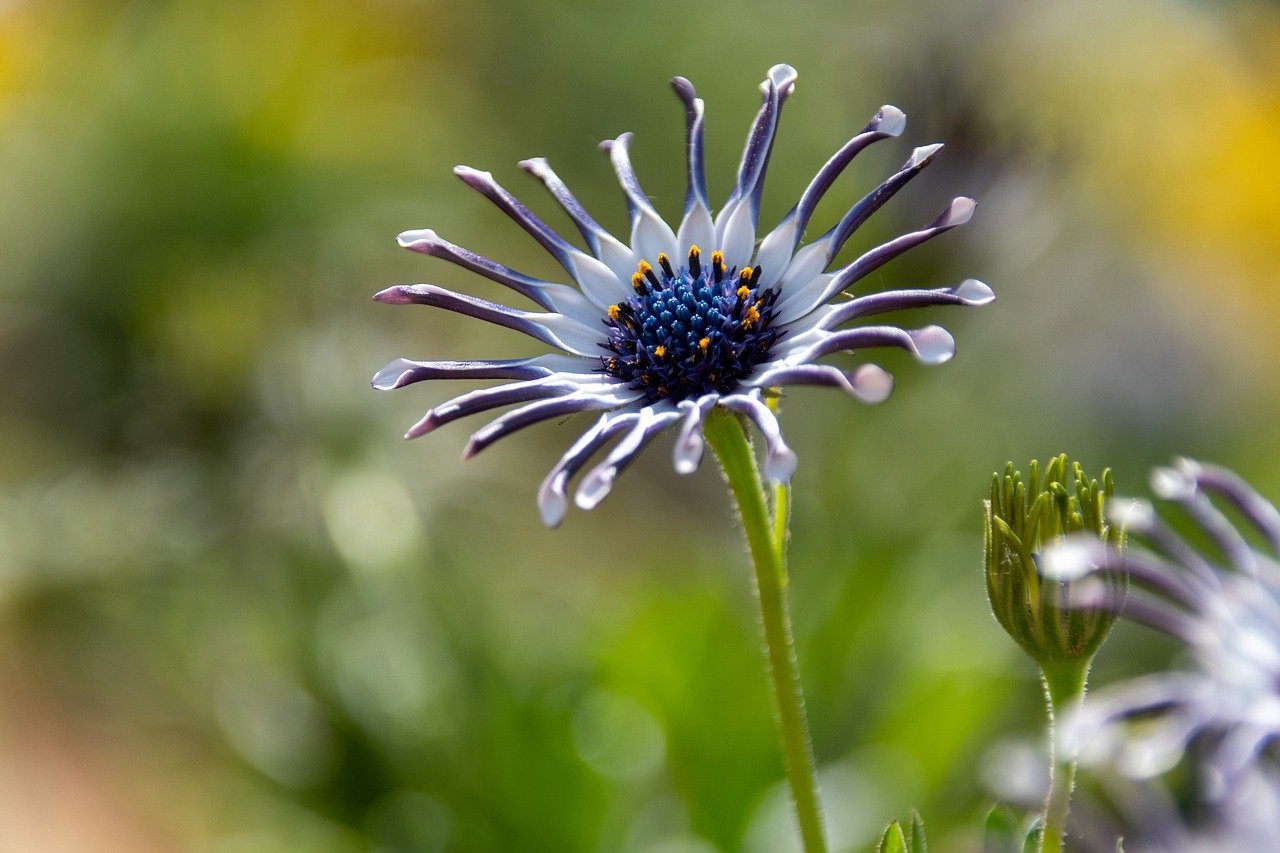
Adding Decorative Elements
When it comes to crafting your DIY flower box, the decorative elements you choose can elevate its charm and personality, making it a stunning feature of your home. Think of these embellishments as the jewelry that enhances an outfit; they can transform a simple flower box into a captivating focal point. So, how do you go about adding these decorative touches?
First, consider stenciling as a way to add intricate designs or patterns to your flower box. You can stencil your favorite quotes, floral designs, or even geometric patterns to give it a unique flair. The beauty of stenciling is that it's relatively easy and offers endless possibilities. Just grab some paint, a stencil, and a sponge brush, and you’re ready to create!
Another fun option is painting your flower box in vibrant colors. You might want to choose shades that complement your home's exterior or even go bold with contrasting colors. For instance, if your house is painted in neutral tones, a bright blue or sunny yellow flower box can add a cheerful pop that draws the eye. Don't forget to use weather-resistant paint to ensure your design lasts through the seasons.
Additionally, you can incorporate natural elements. Consider adding twine or rope around the edges for a rustic look, or affix small wooden accents like hearts or stars to personalize your flower box further. These small touches can make a big difference in the overall aesthetic, creating a warm and inviting feel.
Don't shy away from using embellishments like decorative stones or glass beads. These can be placed around the base of your plants or even glued onto the box for a touch of sparkle. Just imagine how beautiful a flower box adorned with shimmering stones would look under the sunlight! However, be mindful not to overdo it; less is often more when it comes to decoration.
Finally, consider adding lighting elements to your flower box. Small solar-powered lights can create a magical ambiance in the evening, allowing your flower box to shine even after the sun goes down. Whether you opt for fairy lights woven through the plants or small lanterns placed on the edges, lighting can add an enchanting touch to your outdoor space.
In summary, adding decorative elements to your flower box is all about expressing your personal style and enhancing the beauty of your flowers. Whether you choose to stencil, paint, add natural accents, or incorporate lights, the key is to have fun and let your creativity shine. Your flower box will not only serve as a home for your plants but also as a delightful expression of your artistic flair!
- What materials are best for decorative elements? Natural materials like wood, stone, and rope work well, along with weather-resistant paints and embellishments.
- How can I ensure my decorations last? Use weather-resistant products and secure decorations well to withstand the elements.
- Can I change the decorations seasonally? Absolutely! Changing decorations with the seasons can keep your flower box looking fresh and exciting.
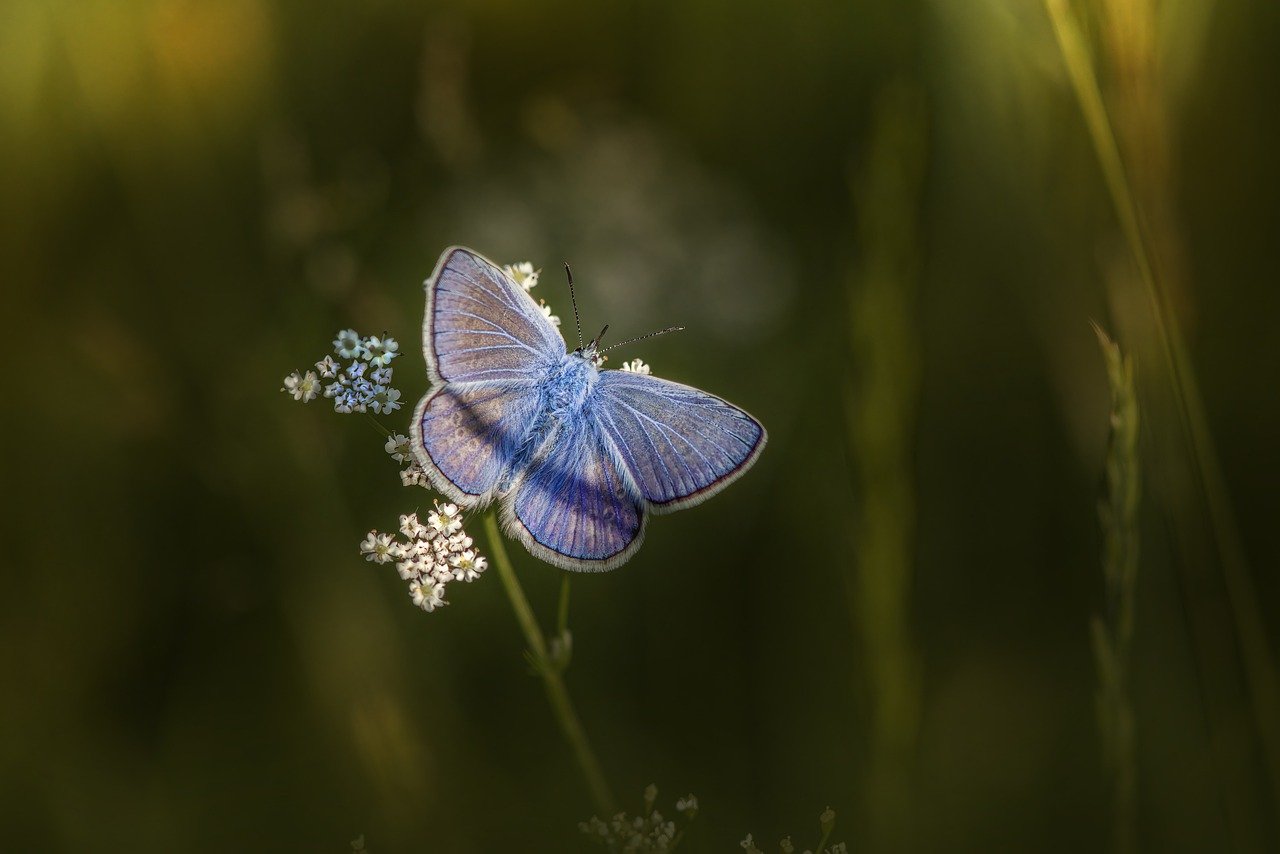
Size Considerations
When it comes to creating a stunning flower box for your window sill, size truly matters! You want your flower box to be proportionate to your window and the overall aesthetic of your home. A flower box that’s too small can look lost, while one that’s too large may overwhelm your window frame. The goal is to achieve a beautiful balance that enhances your home's curb appeal.
To start, measure the width of your window sill. Ideally, your flower box should extend a few inches beyond the edges of the sill. This not only provides a more attractive appearance but also ensures that your plants have enough space to thrive. As a general rule of thumb, consider a flower box that is about 1/3 the width of your window for a harmonious look.
Next, think about the depth of your flower box. A depth of about 6 to 12 inches is usually sufficient for most flowering plants. However, if you plan to include larger plants or a variety of flowers, you might want to go deeper. Just remember, a deeper box can hold more soil, which means more moisture retention but also requires more weight consideration when positioning it on your window sill.
Another important factor is the height of your flower box. While there are no strict rules here, a height of around 6 to 12 inches can create a lovely visual effect without obstructing your view. If you live in a multi-story building, you may want to consider taller boxes to ensure they are visible from the street. Just be cautious; you don’t want to block too much light from entering your home!
Lastly, consider the weight of the flower box when filled with soil and plants. Ensure that your window sill can support the weight, especially if you opt for heavier materials like wood or ceramic. If you’re unsure, a lightweight plastic option might be the best choice to avoid any structural issues.
In summary, here are some key points to keep in mind when determining the size of your flower box:
- Measure your window sill width and aim for a box that extends a few inches beyond it.
- Choose a depth of 6 to 12 inches for most plants.
- Opt for a height that complements your window without obstructing the view.
- Consider the weight of the filled flower box to ensure it’s suitable for your window sill.
By taking these size considerations into account, you’ll create a flower box that not only looks great but also supports the health and growth of your plants. Remember, the right size can make all the difference in achieving that perfect window display!
Q1: How do I know what size flower box to choose for my window?
A1: Measure your window sill and aim for a flower box that extends a few inches beyond the edges. A box that is about 1/3 the width of your window typically works well.
Q2: What depth should my flower box be?
A2: A depth of 6 to 12 inches is ideal for most flowering plants, but if you want to include larger plants, consider a deeper box.
Q3: Can I use heavy materials for my flower box?
A3: Yes, but ensure that your window sill can support the weight. If you're unsure, opt for lightweight materials like plastic.
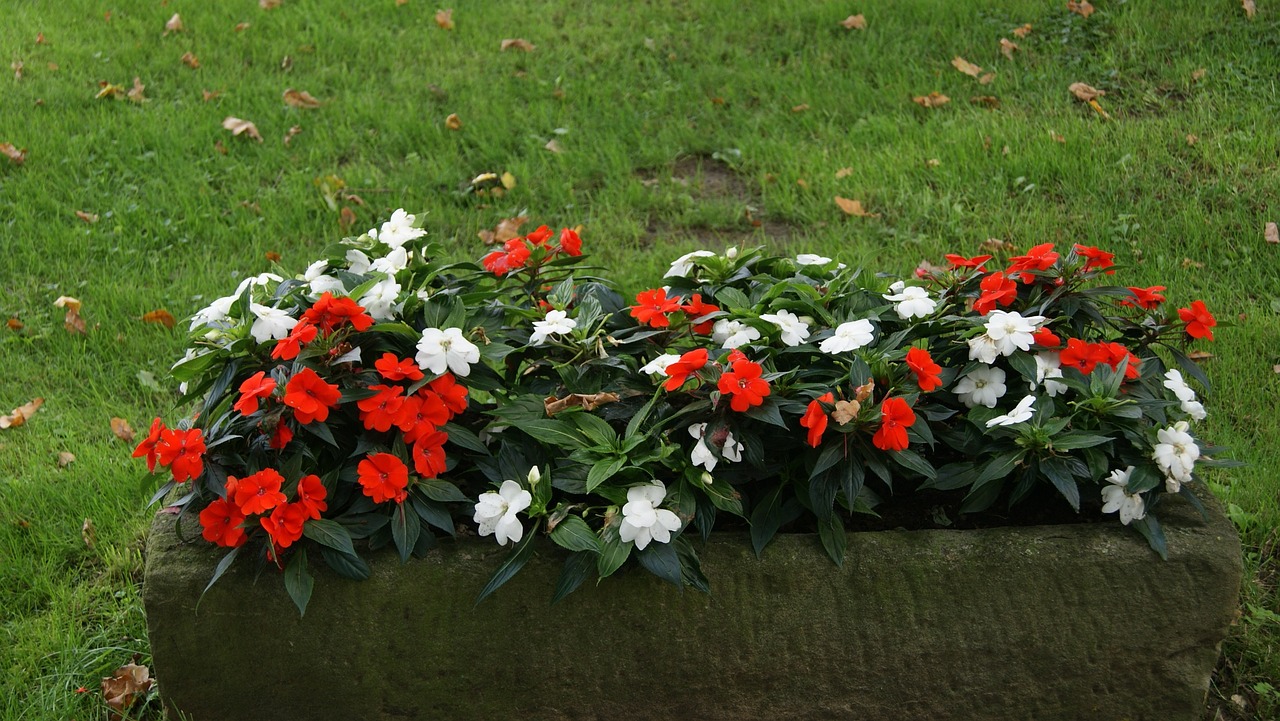
Plant Selection
Choosing the right plants for your DIY flower boxes is not just about aesthetics; it’s about creating a thriving ecosystem that reflects your personal style while also being functional. The ideal selection will depend on various factors such as your climate, the amount of sunlight your window sills receive, and of course, your personal preferences. Think of your flower box as a miniature garden, where every plant has its role to play. You want to create a harmonious blend that not only pleases the eye but also thrives together.
First, consider your local climate. Different regions have different growing conditions that can dramatically affect plant health. For instance, if you live in a warmer climate, you might want to opt for drought-resistant plants that can handle the heat, such as succulents or lavender. On the other hand, if you’re in a cooler area, consider hardy perennials like pansies or snapdragons that can withstand lower temperatures. To help you visualize what works best in your area, here’s a simple table:
| Climate Zone | Recommended Plants |
|---|---|
| Warm | Succulents, Lavender, Marigolds |
| Cool | Pansies, Snapdragons, Petunias |
| Temperate | Geraniums, Impatiens, Begonias |
Next up is sunlight. Plants have different light requirements, so it’s essential to know how much sun your window sills get throughout the day. If your sills bask in full sun for most of the day, you can choose sun-loving plants like petunias and geraniums. Conversely, if they’re mostly shaded, consider shade-tolerant options such as ferns or impatiens. It’s like matching a person to their ideal job; you want to ensure that the plants you select are well-suited to their environment.
Another critical aspect of plant selection is your personal taste. Do you prefer vibrant colors, subtle pastels, or perhaps a mix of both? Think about how you want your flower box to look throughout the seasons. A mix of annuals and perennials can provide year-round interest. For instance, you might pair cheerful annuals like zinnias with hardy perennials like daylilies. This creates a layered effect that keeps your flower box looking fresh and lively.
Finally, don’t forget about the concept of companion planting. Just like people, some plants get along better than others. Certain combinations can enhance growth and deter pests. For example, marigolds are known to repel harmful insects, making them a great companion for nearly any flower. Consider creating a balanced arrangement by mixing plants that complement each other not only in appearance but also in their growth habits.
In conclusion, selecting the right plants for your flower box is a blend of science and art. By considering your climate, sunlight conditions, personal preferences, and companion planting, you can create a vibrant and thriving display that enhances your home’s curb appeal. So roll up your sleeves, dig into the soil, and let your creativity bloom!
- What are the best flowers for full sun? Flowers like petunias, marigolds, and zinnias thrive in full sunlight.
- Can I mix different types of plants in my flower box? Absolutely! Mixing annuals and perennials can create a dynamic look.
- How often should I water my flower box? It depends on the plants and climate, but generally, check the soil moisture and water when the top inch is dry.
- What should I do if my plants are not thriving? Assess light, water, and soil conditions, and consider replanting or adjusting care routines.
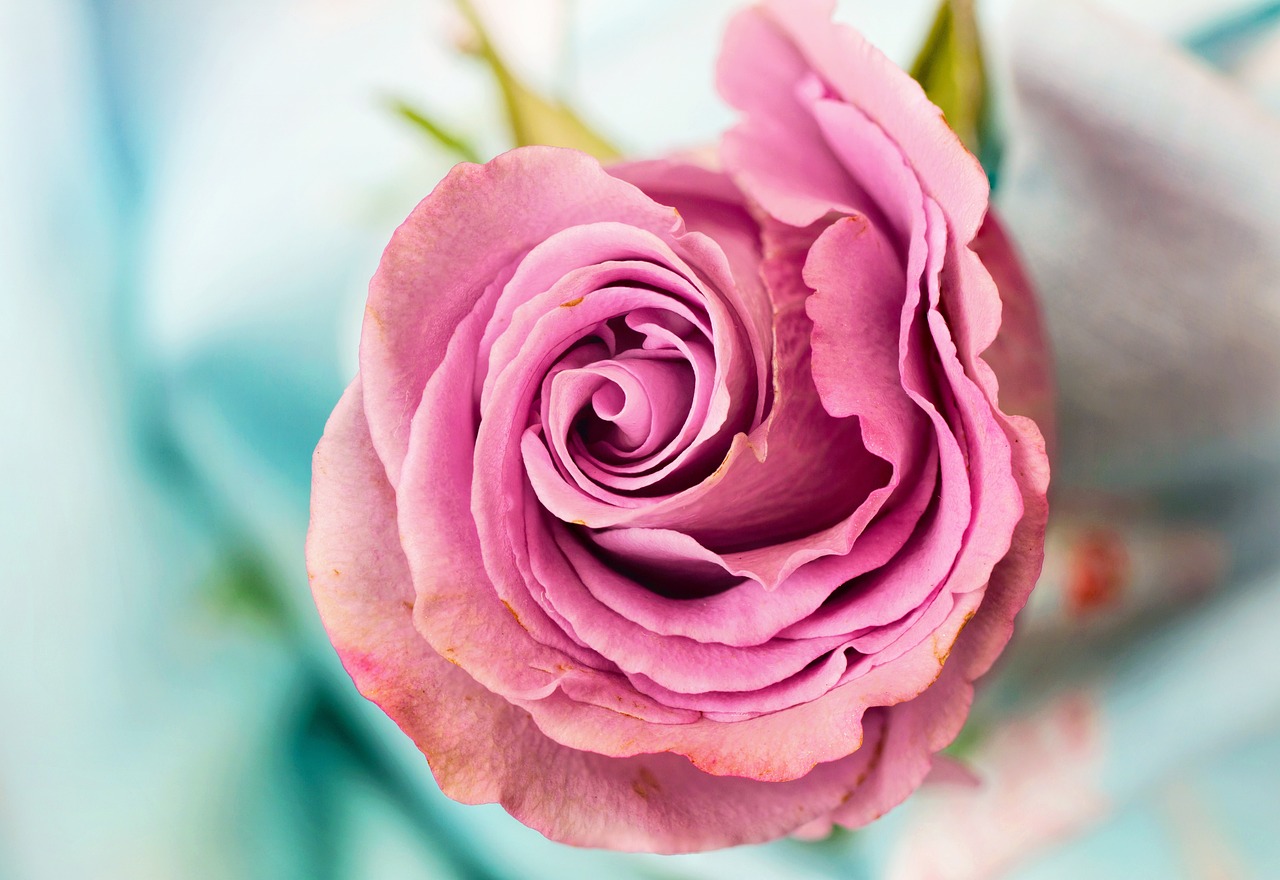
Seasonal Planting Tips
When it comes to creating a thriving flower box, understanding seasonal planting is essential. Each season brings its own unique charm and set of challenges for your plants, so knowing what to plant when can make all the difference. For instance, in the spring, vibrant blooms like pansies and petunias can bring a burst of color to your window sills, while in the summer, you might want to consider heat-loving flowers such as marigolds and zinnias. But how do you keep your flower box looking fresh and lively throughout the year?
In the fall, it's all about transitioning your flower box to withstand cooler temperatures. Consider planting chrysanthemums and ornamental kale, which not only provide color but also add a lovely texture to your arrangement. And when winter rolls around, many people think it's time to give up on their flower boxes. However, with the right choices, you can have a stunning display even in the cold months. Think about using evergreens or winter-hardy plants like pansies, which can add splashes of color against a backdrop of white snow.
To help you plan your seasonal planting, here’s a quick guide on what to plant during each season:
| Season | Recommended Plants |
|---|---|
| Spring | Pansies, Petunias, Snapdragons |
| Summer | Marigolds, Zinnias, Geraniums |
| Fall | Chrysanthemums, Ornamental Kale |
| Winter | Evergreens, Winter Pansies |
Moreover, consider the sunlight conditions in your area. Some plants thrive in full sun, while others prefer partial shade. By observing how much light your window sill receives throughout the day, you can make informed decisions about which plants will flourish in your flower box. For instance, if your window sill gets a lot of sunlight, you might want to lean towards sun-loving varieties like petunias and marigolds. On the other hand, if your window is more shaded, look for plants like ferns or impatiens that can thrive in lower light conditions.
Finally, don't forget about companion planting. This technique not only boosts the health of your plants but also enhances their beauty. For example, pairing marigolds with zinnias can deter pests while creating a stunning visual contrast. By understanding the seasonal needs of your plants and how they interact with one another, you can create a flower box that is not only beautiful but also thriving all year round.
- What are the best flowers for a sunny window sill? Sun-loving flowers like petunias, marigolds, and geraniums thrive in sunny conditions.
- How often should I water my flower box? It depends on the plants and the season, but generally, watering once a week is a good rule of thumb.
- Can I plant vegetables in my flower box? Yes, many herbs and small vegetables can grow well in flower boxes, just make sure they have enough sunlight.
- What should I do with my flower box in the winter? You can either plant winter-hardy flowers or clean it out and prepare it for the spring planting season.
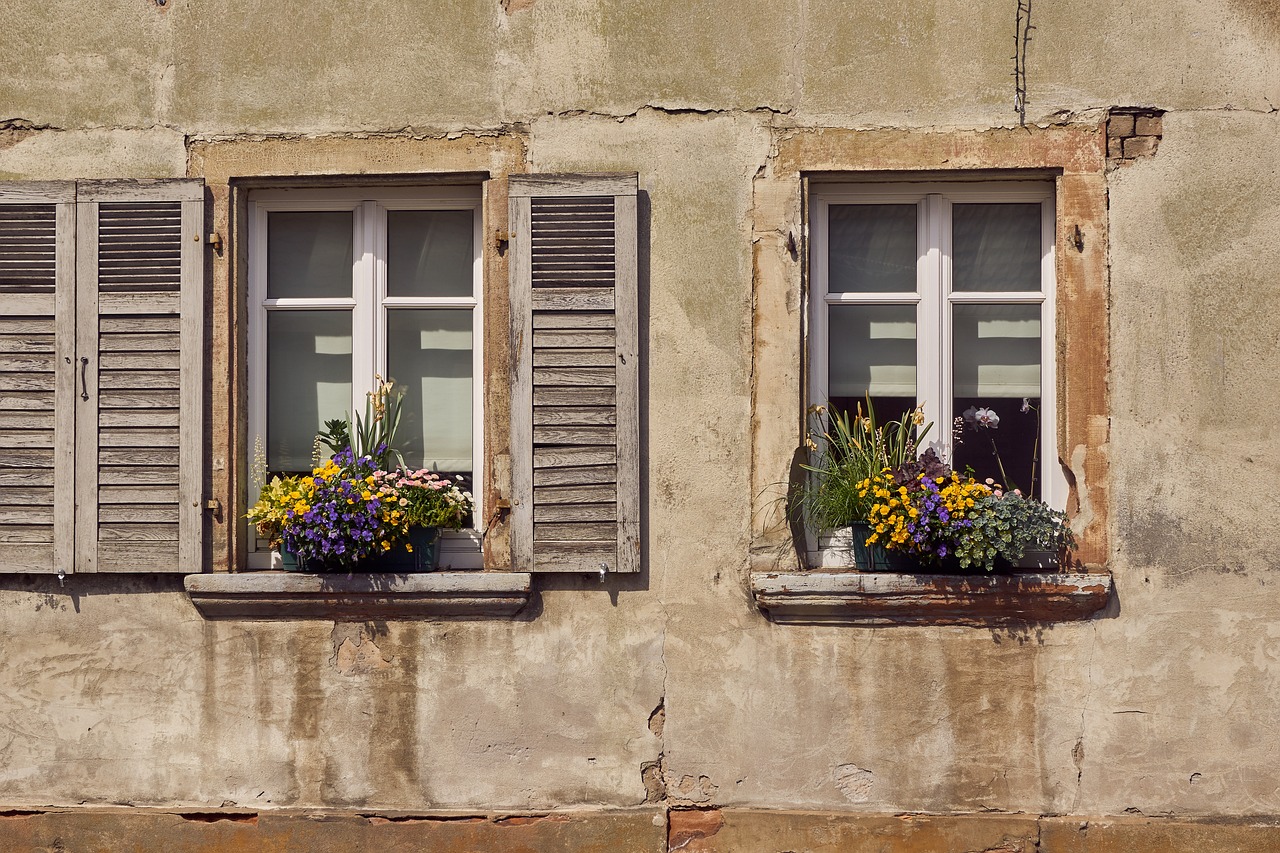
Companion Planting
Companion planting is like creating a harmonious community in your flower box, where each plant plays a specific role, helping one another thrive. Imagine your flower box as a small ecosystem, where the right companions can enhance growth, repel pests, and even improve flavors if you decide to include edible plants. It’s fascinating how certain plants can support each other, much like friends who uplift one another!
When considering companion planting, it's essential to understand the relationships between different plants. For instance, some flowers, like marigolds, are known for their pest-repelling qualities. They can help protect more delicate flowers from harmful insects. On the other hand, plants like nasturtiums can attract aphids away from your prized blooms, acting as a natural decoy. This kind of strategic planting not only keeps your flower box healthy but also minimizes the need for chemical pesticides.
Here are a few classic combinations that can work wonders in your flower box:
- Petunias and Geraniums: These two flowers complement each other beautifully, with petunias repelling aphids while geraniums add a splash of color.
- Marigolds and Zinnias: Marigolds deter nematodes and other pests, while zinnias attract pollinators, creating a vibrant and lively environment.
- Lavender and Rosemary: If you're looking for a fragrant touch, these herbs not only smell divine but also deter pests, making them excellent companions.
When planning your flower box, consider the height and spread of each plant. Taller plants can provide shade and protection for shorter ones, creating an optimal growing environment. Additionally, think about the blooming seasons; mixing early bloomers with late bloomers ensures that your flower box is always bursting with color.
Incorporating companion planting into your design not only enhances the visual appeal of your flower box but also fosters a healthier growing environment. The synergy created by these plant partnerships can lead to a more vibrant display, making your window sills a true reflection of nature’s artistry.
Q1: What is companion planting?
A1: Companion planting is the practice of growing different plants together for mutual benefits, such as pest control, pollination, and improved growth.
Q2: Can I use vegetables in my flower box?
A2: Absolutely! Many vegetables can coexist beautifully with flowers, just be mindful of their space and sunlight needs.
Q3: How do I know which plants are good companions?
A3: Researching plant relationships is key. Many gardening resources provide lists of beneficial companions that can help guide your selections.

Maintenance and Care
Maintaining your DIY flower boxes is crucial for ensuring they remain vibrant and healthy throughout the seasons. Just like a garden needs a gardener, your flower boxes require regular attention and care to flourish. So, what does it take to keep those blooms looking their best? Let’s dive into some essential maintenance tips that will help your flower boxes thrive.
First and foremost, watering is one of the most critical aspects of flower box care. The frequency of watering will depend on your climate, the type of plants you’ve chosen, and the size of your flower box. Generally, you should aim to keep the soil consistently moist but not soggy. A good rule of thumb is to check the soil with your finger; if the top inch feels dry, it’s time to water. During hot summer months, you might find yourself watering more frequently, while in cooler months, the need may decrease.
Next up is fertilizing. Plants in flower boxes often benefit from additional nutrients since they are limited to the soil in the box. A balanced, slow-release fertilizer can work wonders. Apply it according to the package instructions, usually every 4-6 weeks during the growing season. However, be cautious not to over-fertilize, as this can lead to burnt roots or excessive leaf growth at the expense of blooms.
Another vital aspect of maintenance is pest control. Flower boxes can attract various pests, such as aphids, spider mites, and whiteflies. Regularly inspecting your plants for signs of infestation is essential. If you notice any pests, consider using organic solutions like insecticidal soap or neem oil. These methods are effective and safer for both your plants and the environment. Additionally, introducing beneficial insects like ladybugs can naturally help keep pest populations in check.
Now, let’s talk about pruning. Regularly trimming your plants not only promotes healthy growth but also enhances the overall appearance of your flower box. Deadheading—removing spent flowers—encourages more blooms and keeps your plants looking tidy. Pruning can also prevent overcrowding, allowing each plant to receive adequate sunlight and nutrients.
Finally, seasonal preparation is vital for maintaining your flower boxes year-round. As seasons change, so should your plant choices. In the fall, consider planting hardy perennials or winter blooms that can withstand colder temperatures. In spring, refresh your flower boxes with vibrant annuals that bring life back to your windows. Keeping an eye on the seasonal needs of your plants will ensure that your flower boxes remain a stunning feature of your home, no matter the time of year.
- How often should I water my flower boxes? It depends on the climate and plant types, but generally, check the soil moisture regularly and water when the top inch is dry.
- What type of fertilizer should I use? A balanced, slow-release fertilizer is ideal. Follow the package instructions for application frequency.
- How can I prevent pests in my flower boxes? Regular inspections and using organic pest control methods, like insecticidal soap, can help keep pests at bay.
- When should I prune my plants? Regularly deadhead spent flowers and trim back overgrown plants to promote healthy growth.
- What should I do with my flower boxes in winter? Consider planting hardy perennials or winter blooms to keep your flower boxes attractive even in colder months.
Frequently Asked Questions
- What materials should I use for my DIY flower box?
When it comes to choosing materials for your flower box, you have a few great options. Wood is a classic choice, offering natural beauty and durability, but make sure to treat it to resist moisture. Metal can give a modern look and is quite sturdy, though it can get hot in the sun. Lastly, plastic is lightweight and resistant to weather, making it a practical option, especially for beginners.
- How do I design my flower box to match my home?
Designing your flower box is all about finding the right style that complements your home. Think about whether you prefer a traditional look with ornate details or a modern sleek design. Consider the colors, too! Choose shades that harmonize with your home's exterior and the flowers you plan to plant. Remember, a well-designed flower box can really elevate your curb appeal!
- What types of plants are best for flower boxes?
Choosing the right plants is crucial! Look for flowers that thrive in your climate and the amount of sunlight your window sill receives. Some popular choices include petunias, geraniums, and marigolds. Also, consider seasonal planting to keep your flower box vibrant throughout the year. Rotating plants based on the season can help maintain a lively display.
- How can I maintain my flower box?
Maintenance is key to keeping your flower boxes looking their best. Make sure to water your plants regularly, especially during hot weather. Fertilizing every few weeks can give them a nutrient boost, and don't forget to check for pests! Keeping an eye on your plants will help you catch any issues early and ensure they stay healthy and beautiful.
- Can I use decorative elements on my flower box?
Absolutely! Adding decorative elements can really personalize your flower box. You can try stenciling designs, painting it in fun colors, or adding embellishments like ribbons or small ornaments. Just remember to keep the overall look cohesive with your home's style. A little creativity can make your flower box a true work of art!



















